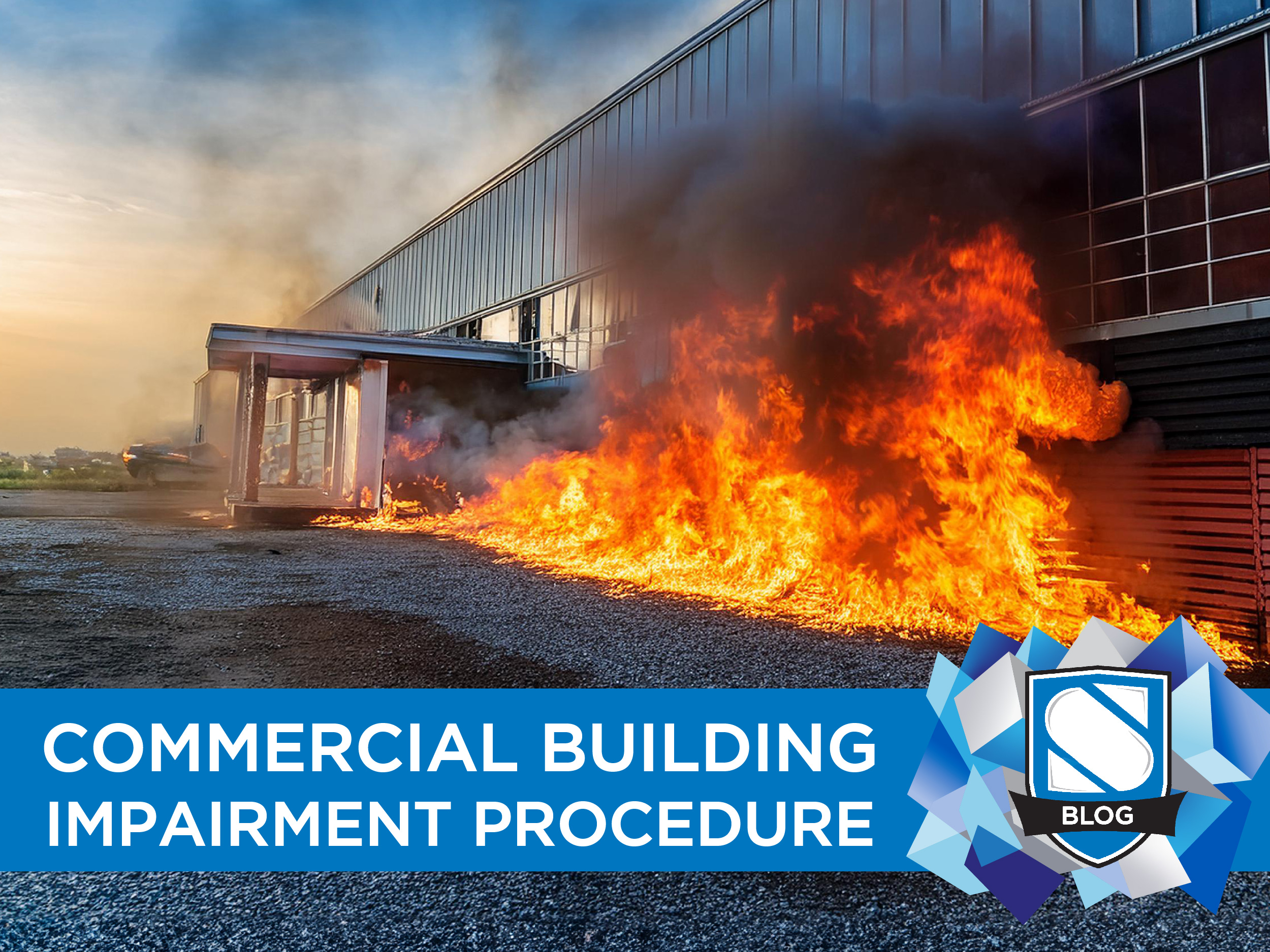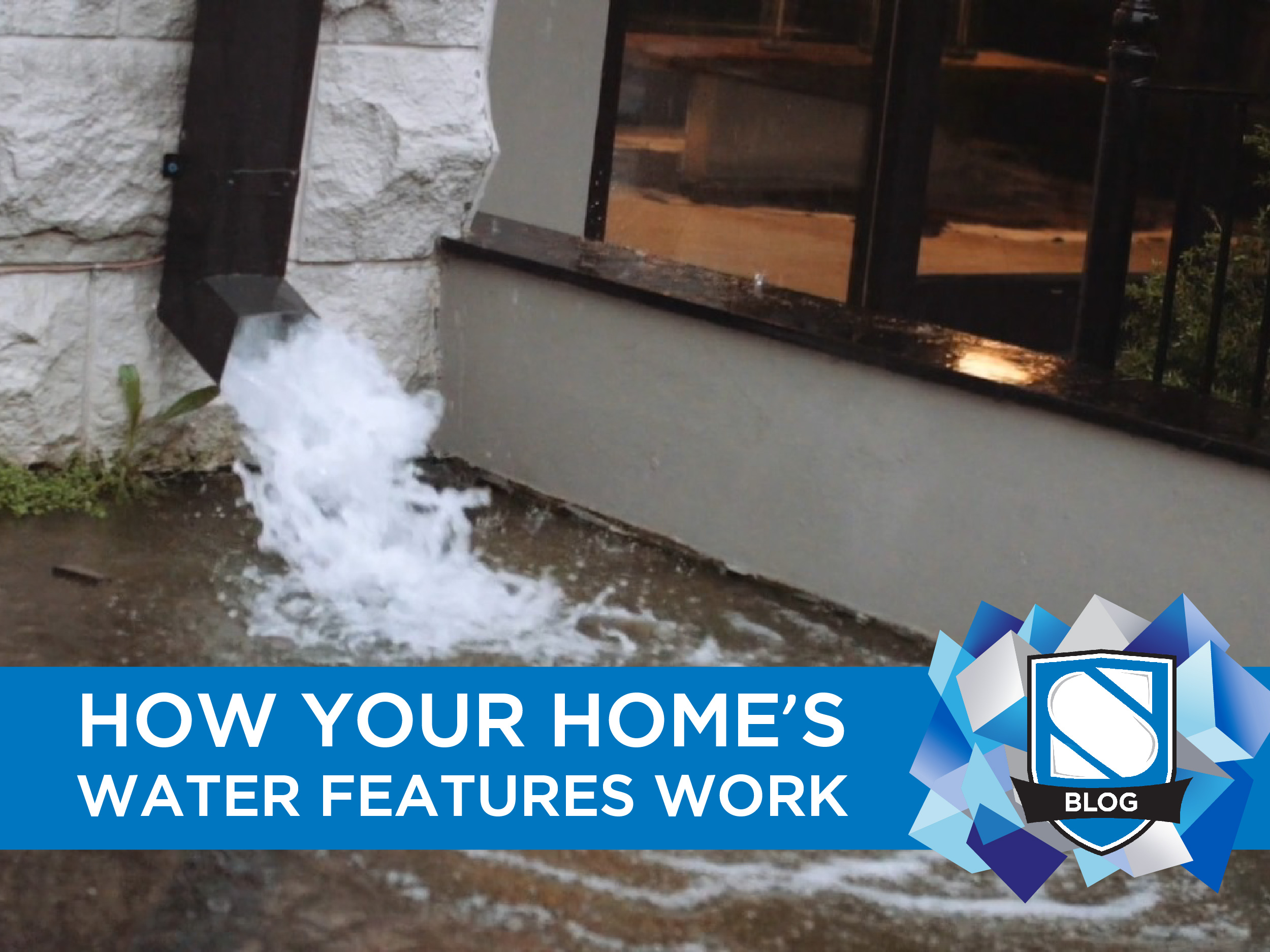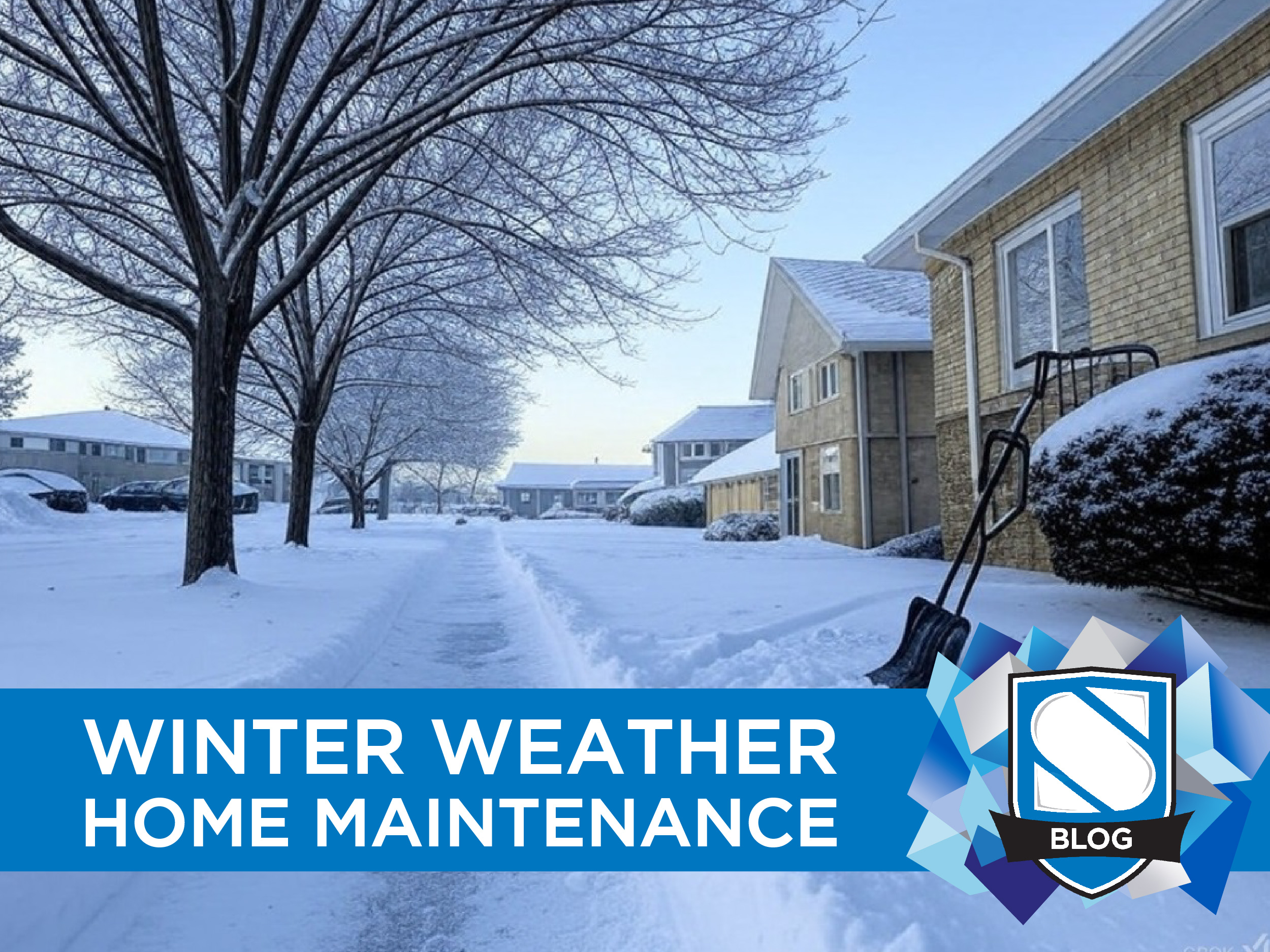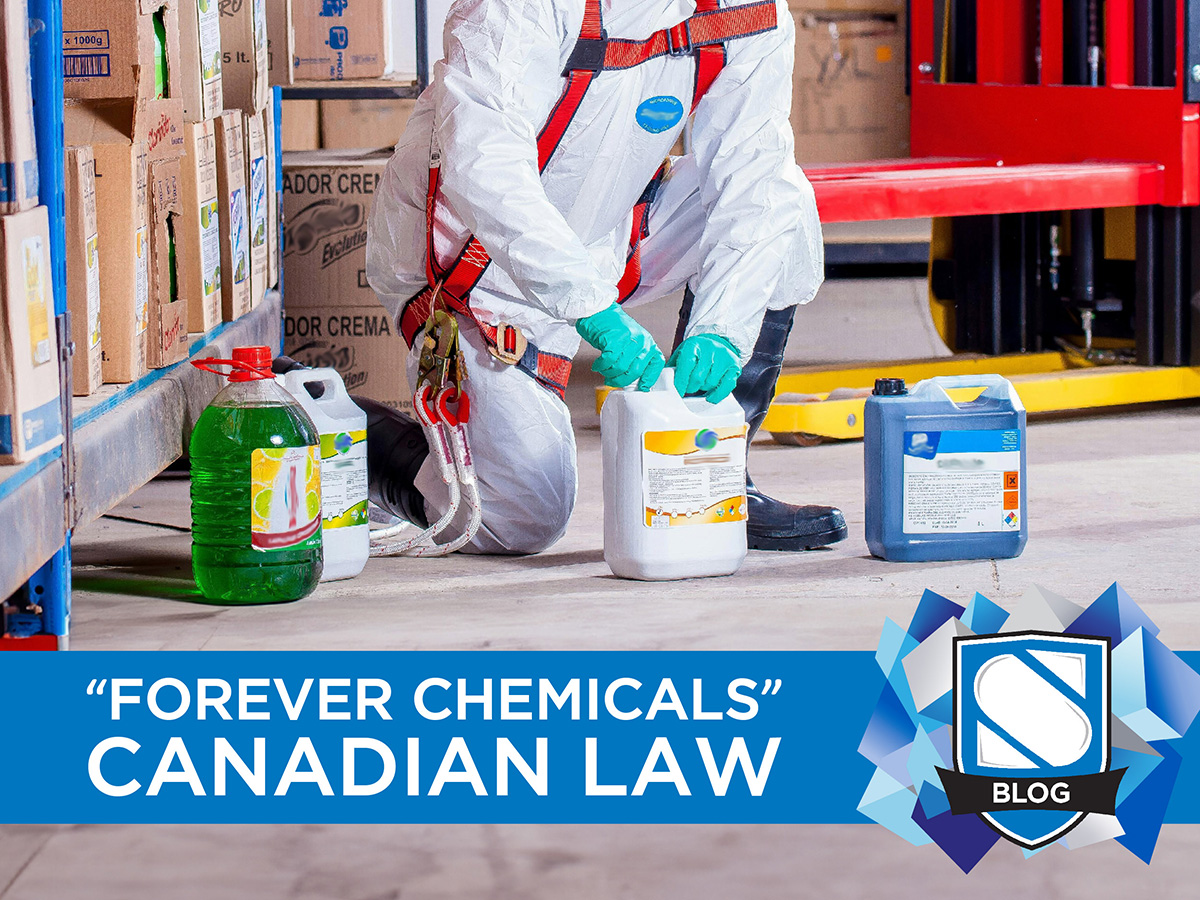For any commercial property management plan, ensuring the safety and security of occupants and assets is a top priority. One crucial aspect of this responsibility is having a comprehensive fire safety plan, including alarms and fire protection services like automatic suppression systems (e.g. sprinklers) and extinguisher canisters on hand.
In addition to the fire safety plan, property owners and managers should also implement a fire impairment procedure. What happens when those fire suppression measures are offline or unavailable? Who should be notified? What exactly does a fire impairment procedure entail and why is it so important?
What is a Fire Impairment Procedure?
A fire impairment procedure is a plan of action that comes into play when a fire protection system, or a component of the fire safety system, within a commercial building fails or is temporarily non-operational.
This could include situations where fire alarms, sprinkler systems, smoke control systems, and/or other critical fire safety equipment are out of service or are undergoing maintenance.
Why a Fire Impairment Procedure Matters
The primary purpose of a fire impairment procedure is to mitigate the increased risks associated with fire when these essential systems are not fully functional. It ensures that even during these periods of impairment, safe operations in the building may continue. Consider the following:
- Risk Assessment: The procedure starts with a thorough assessment of the specific risks and vulnerabilities posed by the impaired fire protection systems. This includes evaluating factors such as building occupancy, fire load, and environmental conditions.
- Temporary Measures: The fire impairment plan should outlines temporary measures and alternative strategies to compensate for the impaired systems. This might include increasing fire watch patrols, implementing additional fire safety protocols, or relocating vulnerable activities away from the affected areas.
- Communication and Coordination: Clear communication protocols are established to notify relevant stakeholders, including building occupants, your insurance broker, and appropriate emergency responders, about the impairment and the implemented safety measures.
- Documentation: Comprehensive documentation is a critical component of the procedure. It includes records of the impairment event, actions taken to mitigate risks, and any approvals or authorizations obtained from others. Additionally, this would include documenting when the system(s) are back online and fully functional again.
Compliance and Insurance Considerations
Some jurisdictions may require commercial property owners to have a fire impairment procedure as part of their compliance with fire safety codes and standards. It is advised to look into the regulatory requirements in your area.
In addition, insurance implications can be significant. Insurance policies often stipulate the need for maintaining operational fire protection systems. Having a well-documented fire impairment procedure can demonstrate proactive risk management to insurers, potentially influencing premiums and ensuring smoother claims processing in case of fire damage.
DOWNLOAD: Staebler Insurance – Protection System Impairment Notification (PDF)
Implementing a Fire Impairment Procedure
Creating an effective fire impairment procedure involves collaboration between property managers, fire safety professionals, and insurance representatives. Key steps in implementation may include:
- Risk Assessment: Identify potential scenarios where fire protection systems might be impaired and assess the associated risks.
- Plan Development: Draft a detailed procedure that addresses the specific impairments and outlines clear responsibilities and actions.
- Training and Awareness: Ensure that all relevant personnel are trained in executing the procedure and aware of their roles when an impairment occurs.
- Regular Review and Updates: Periodically review and update the procedure to reflect changes in building occupancy, fire safety systems, or regulatory requirements.
By proactively preparing for the impairment of fire protection systems, property owners and managers can enhance safety, comply with insurance requirements, and protect their assets and occupants. It’s an investment that ensures readiness and resilience in the face of unforeseen challenges. Take the necessary steps to ensure your commercial building is adequately prepared for these scenarios.
If you need clarification or have any questions about this or other risk management strategies, please reach out to a Staebler Insurance Commercial Broker to discuss your unique situation.
Special thanks to Staebler Insurance partner, Aviva Insurance, for content and ideas related to fire impairment procedures in commercial buildings.
. . .
Staebler Insurance is a general insurance broker specializing in car insurance, home insurance, small business, and commercial insurance. Staebler brokers proudly serve Kitchener, Waterloo, Cambridge, Guelph, Stratford, Listowel, Fergus, Elora, Wellington County, Perth County, Waterloo Region and southern Ontario. Get a Quote to get started today.














0 Comments